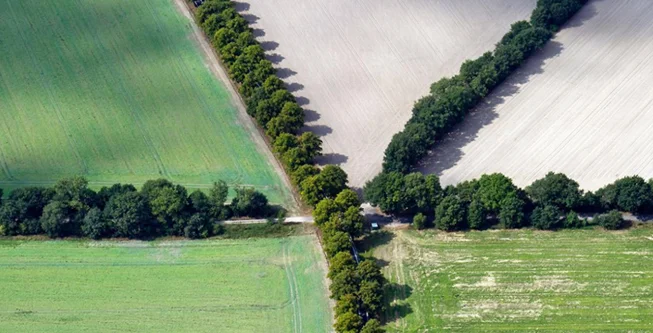Good Agricultural Practices
We feed the earth,
the earth feeds us!





Modification of the soil cover
Deep tillage can help increase the porosity and permeability of the soil to increase its capacity to absorb water.
- Contour Plowing – by plowing the soil along the contour instead of up and down the slopes, the rate of runoff is reduced, creating uniform barriers and more water is retained in the soils and distributed more evenly across the cropland.
- Crop rotation – Good Agricultural Practices (GAPs) include deep-rooted and shallow-rooted rotational crops that utilize soil moisture from different depths.
Crop rotation improves:
* soil structure and water holding capacity,
* helps control pests and diseases.
* and as a result improves fertility.
An example of an incorrect crop rotation – wheat with corn causes the development of Fusarium wilt – a disease common to both crops.
- Strip /mixed/ cultivation – cultivation of crops in alternate strips with different time of sowing or planting and duration of vegetation.
Scientists are testing strip cultivation as a means of increasing biodiversity in a field. - Terracing – Terracing modulates hydrological processes by lowering the slope of the slope and shortening the length of the slope. The response of soil moisture variation to terracing is strongly influenced by land use, climate, topography and terracing characteristics
Research in France on sloping terrain of 15 degrees showed that terracing improved soil moisture by 26%. - Field protection belts – their main purpose is aimed at combating wind erosion, keeping snow in the plain and preserving moisture.
Windbreaks are linear plantings of bushes and trees with the aim of improving soil and plant protection. - Green manuring – growing plants to increase organic matter and nutrients.
Improved soil quality also improves water holding capacity.
